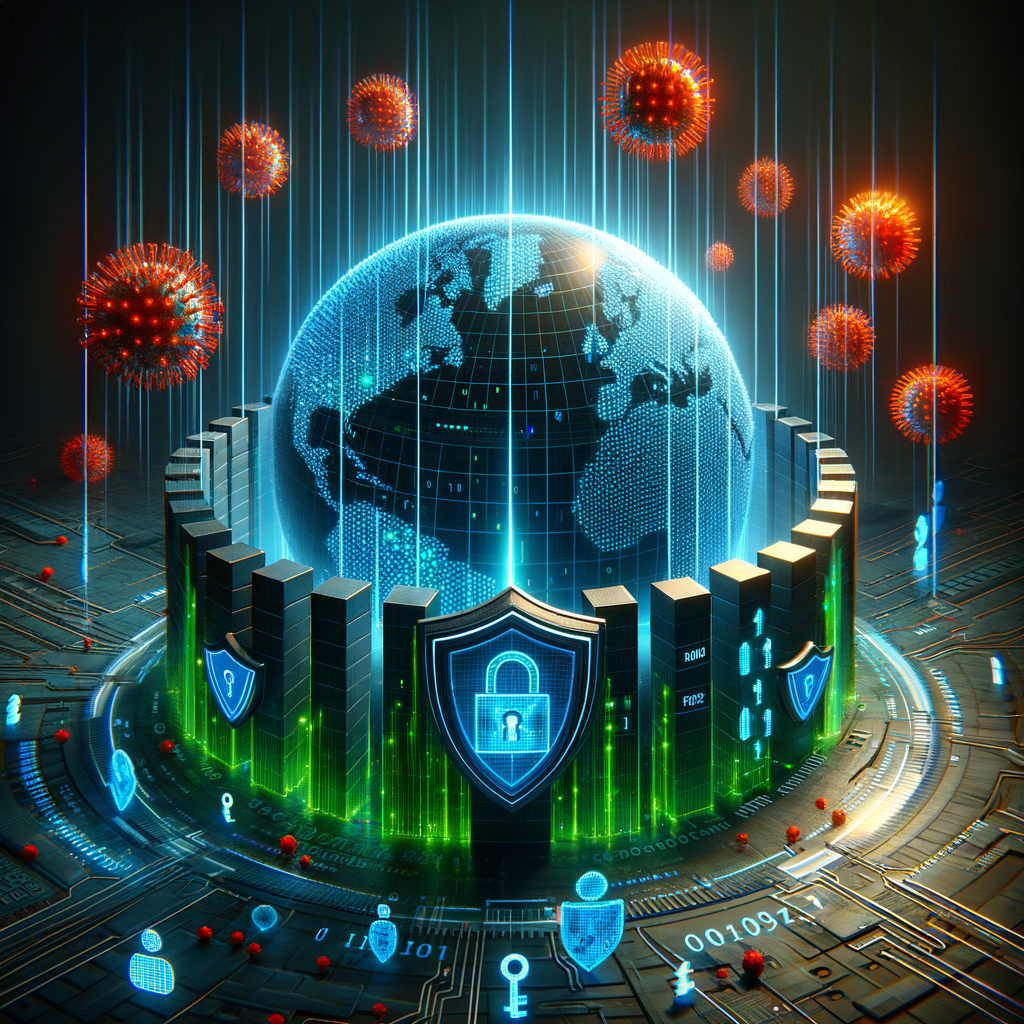How the Defense Industry Can Overcome the Cybersecurity Challenge
In today’s rapidly evolving defense sector, one of the most pressing challenges is cybersecurity. As the industry becomes more digitally integrated, the risks of cyberattacks increase exponentially. It’s no longer just about safeguarding classified documents, but also about ensuring that critical systems, networks, and technologies are not vulnerable to breaches, espionage, or sabotage.
The defense industry has always been a target for cybercriminals, but the stakes have never been higher. With adversaries becoming more sophisticated, the question is: How can defense organizations protect themselves in an increasingly digital world?
Let’s dive into some common questions and concerns surrounding cybersecurity challenges in the defense industry and explore practical ways to address them.
What Makes Cybersecurity Such a Big Deal for the Defense Industry?
The simple answer is that everything is becoming more interconnected. From advanced weapon systems to communication platforms, everything relies on digital technologies. As we move into an era of AI-assisted operations, autonomous systems, and cloud-based infrastructure, every line of code becomes a potential vulnerability.
Some key reasons cybersecurity is mission-critical in defense:
– Advanced Persistent Threats (APTs): Nation-state actors, often using highly sophisticated cyber tactics, target defense contractors, government agencies, and military systems. These are not hit-and-run attacks but calculated, prolonged efforts designed to remain undetected while extracting valuable intelligence.
– Supply Chain Vulnerabilities: The defense supply chain is vast, with countless suppliers, subcontractors, and partners. A weak link anywhere in this chain can expose the entire ecosystem to cyber risks.
– Emerging Technologies: The adoption of AI, machine learning, and the Internet of Things (IoT) in defense operations, while providing immense benefits, also opens new attack surfaces. These technologies, if compromised, could lead to catastrophic consequences.
At its core, the defense industry handles mission-critical technology and data. A single breach can have a ripple effect, not only compromising national security but also eroding trust between allied nations and defense contractors.
How Do Cyberattacks Typically Occur in the Defense Sector?
Cyberattacks come in many forms, but in the defense sector, they’re often more complex and targeted. Here are some common methods cybercriminals use:
– Phishing Campaigns: Defense employees, contractors, or affiliates might receive seemingly legitimate emails designed to trick them into handing over sensitive information or downloading malware. Even the most secure organizations can be breached if an insider unknowingly clicks on the wrong email.
– Insider Threats: Whether intentional or accidental, insiders can pose significant risks. A disgruntled employee or contractor with access to sensitive systems could easily leak classified data or sabotage operations.
– Zero-Day Vulnerabilities: These are previously unknown software vulnerabilities that hackers exploit before developers even know the issue exists. Given the complexity of the software systems used in defense, identifying and patching these vulnerabilities is a constant race against time.
– Supply Chain Attacks: Attackers don’t always go for the prime target directly. They might infiltrate a defense contractor’s less-secure supplier, gaining access to crucial systems and data without the primary contractor being the wiser.
Real-world Example: One of the most notable cases was the hack of Lockheed Martin in 2011, where cybercriminals targeted RSA’s SecurID tokens, widely used for two-factor authentication. An attack on a third-party vendor compromised high-level security across multiple defense firms, highlighting the importance of managing supply chain vulnerabilities.
What Are The Biggest Obstacles to Cybersecurity in Defense?
While defense organizations understand the importance of cybersecurity, several obstacles stand in the way of creating a bulletproof system:
– Legacy Systems: Many defense systems were designed long before the current wave of cyber threats emerged. These legacy systems often lack the necessary layers of defense, and updating or replacing them can be costly, time-consuming, or even impossible due to operational dependencies.
– Budget Constraints: While cybersecurity is essential, it competes with other defense priorities. Many organizations struggle with the allocation of resources, often pushing critical cybersecurity initiatives down the list.
– Human Error: No matter how advanced your defense systems are, they are only as strong as the people using them. Phishing attacks, weak passwords, and other basic mistakes remain significant issues.
– Fragmented Cybersecurity Frameworks: The defense industry often operates with a patchwork of cybersecurity tools and solutions. When systems are fragmented and not fully integrated, they create vulnerabilities that can be exploited.
– Rapid Advancements in Cyber Tactics: Cybercriminals constantly evolve their methods, making it difficult for defense organizations to keep up. Today’s best practices might not be sufficient tomorrow.
How Can the Defense Industry Strengthen Its Cybersecurity Posture?
It’s clear that improving cybersecurity in the defense industry requires a multi-layered approach. Here are some strategies to consider:
1. Adopt Zero Trust Architecture
One of the most effective strategies against cyber threats is adopting a Zero Trust model. In simple terms, Zero





